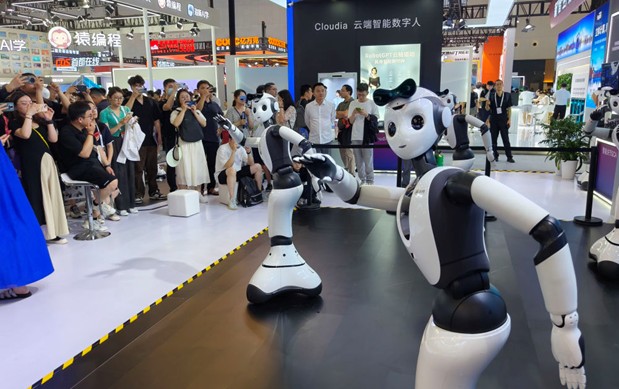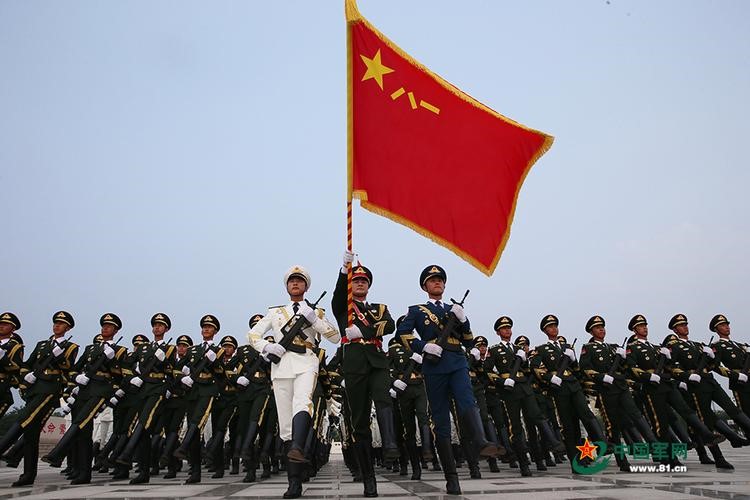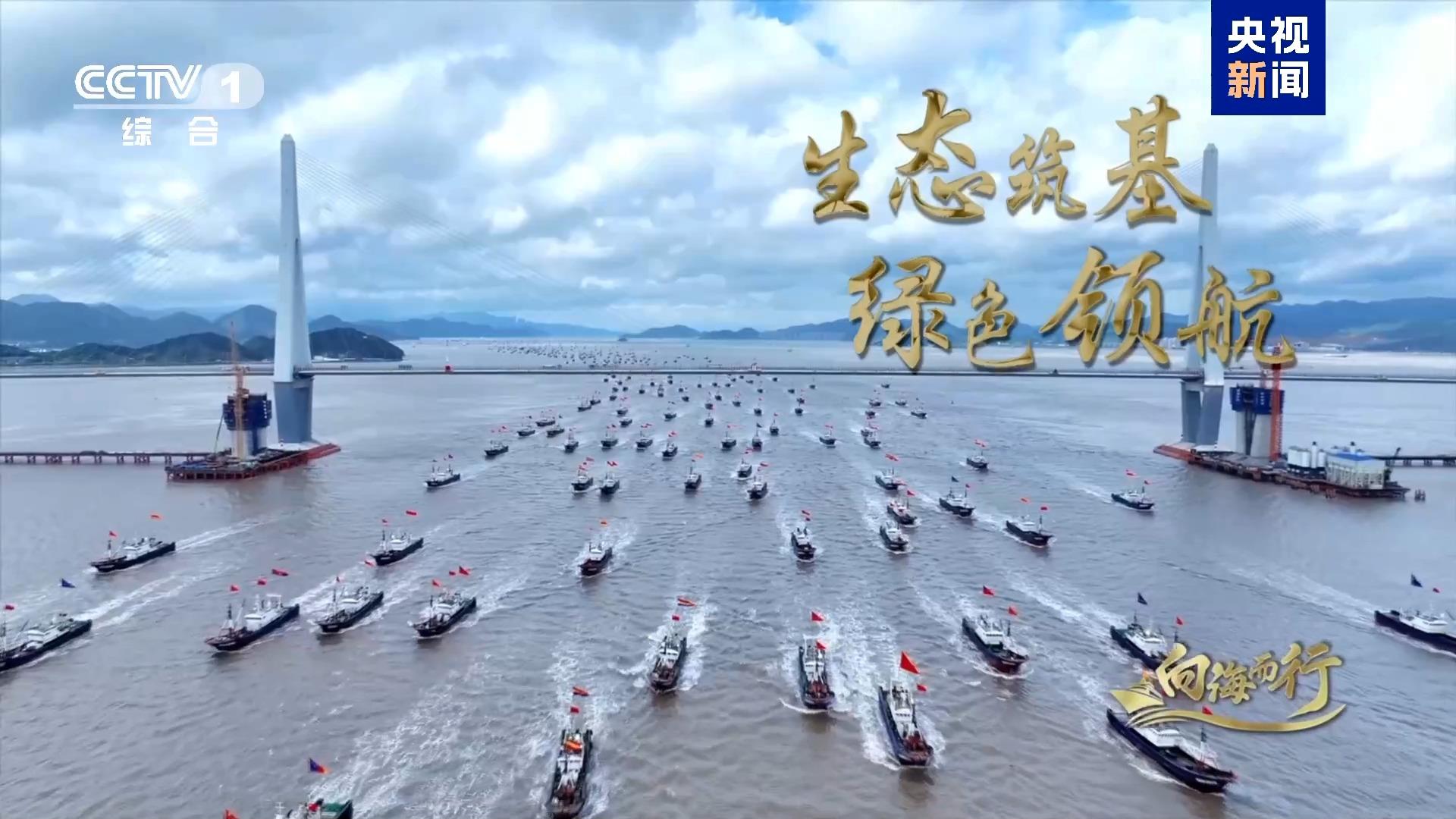
Explainer: How Xi’s ‘New National System’ Centralizes Innovation to Counter Tech Containment
Explainer: How Xi’s ‘New National System’ Centralizes Innovation to Counter Tech Containment
Executive Summary:
- Since 2019, the Party has promoted the construction of a “new national system”—a centrally directed, institutionalized framework for mobilizing state and market resources to achieve breakthroughs in core technologies vital to national power and security.
- Beijing sees this system as already delivering results by tightly integrating planning, technical expertise, and real-world application to overcome complex strategic challenges.
- Under this model, the central government coordinates top-level missions through Party-led ministries, directing state-owned enterprises, elite research universities, national laboratories, military-affiliated institutes, and emerging tech champions to execute targeted objectives.
- These efforts are reinforced by “social resources”—a category that includes private firms, local governments, policy banks, and even venture capital platforms—brought into alignment through political incentives and institutional design.
- The system’s performance will shape not only the PRC’s technological trajectory, but also the evolving global balance of innovation and industrial power.
The so-called “new national system” (新型举国体制) is the Party’s own term for a governance model that mobilizes state and market resources to achieve breakthroughs in core technologies essential to national power and security. First formally articulated under Party General Secretary Xi Jinping, it is not a new label for central planning but an evolving mechanism of Party-led strategic coordination in the context of a socialist market economy. Though frequently invoked in the PRC’s policy discourse, the concept remains poorly understood abroad. In Beijing’s own telling, the new national system is a modernization of the old Mao-era approach of concentrating national resources to “accomplish big things” (成大事) with a reengineered structure that links government leadership with enterprise initiative, market incentives, and innovation networks.
Strategic Direction: Party Leadership and Top-level Design
Direction and strategic authority come from the highest levels of the Chinese Communist Party (CCP). Xi Jinping and the Central Committee set long-term science and technology priorities through Party congress reports, five-year plans, and institutional directives. This top-level design defines national mission areas, aligns funding and policy tools, and requires all actors—from ministries to firms to universities—to coordinate under centralized leadership. The Party describes this authority as a “magic weapon” (法宝) for organizing collective efforts in response to crisis, competition, or scientific opportunity (Beijing Daily, July 15, 2019).
Institutional Architecture: Who Implements What
The system draws on a wide array of actors. The central government coordinates missions through ministries, especially the Ministry of Science and Technology and the National Development and Reform Commission. State-owned enterprises, elite research universities, national laboratories, military-linked research arms, and bleeding-edge tech champions like Huawei or SMIC are mobilized as “national strategic scientific and technological forces” (国家战略科技力量). These actors work to implement mission objectives alongside private firms—referred to as “social resources” (社会资源)—as well as local governments, policy banks, and even venture capital platforms. New institutional mechanisms such as innovation consortia and task-based alliances are designed to break silos and incentivize cooperative breakthroughs (CCP Central Party History and Documents Research Institute, March 14).
What’s New: Market Logic, Distributed Incentives, and Networked Innovation
What makes the system “new,” according to authoritative Party exegesis, is its integration of market logic and flexible organization into the longstanding principle of concentrating resources for strategic goals. The government no longer monopolizes research and development direction or resource allocation. Instead, it combines the “visible hand” (看得见的手) of political mobilization with the “invisible hand” (看不见的手) of the market to better allocate funding, talent, and intellectual property. Firms are treated not just as implementers but as co-creators of national strategy, and project evaluation now incorporates both technical outcomes and real-world application. Innovation is framed as an adaptive, whole-of-nation enterprise that includes government, industry, academia, and finance (Beijing Daily, July 15, 2019).
Functional Structure of China’s New National System
| Component | Definition | Main responsibilities |
| CCP Central Committee & Xi Jinping | Supreme political leadership and strategic command center |
|
| Leading small groups / central commissions (e.g., for S&T) | High-level policy coordination bodies under the CCP |
|
| State Council and ministries (MOST, NDRC, MIIT, etc.) | Central government bodies responsible for policy implementation |
|
| National strategic scientific and technological forces | Core implementation units (e.g., national labs, key universities, SOEs, leading private tech firms) |
|
| Enterprises (SOEs and private firms) | Firms integrated into national missions, including tech giants and specialized startups |
|
| Universities and research institutes | Academic and applied research organizations |
|
| Financial institutions (policy banks, VCs, equity funds) | Innovation finance enablers, including state and hybrid capital actors |
|
| Local governments and regional clusters | Subnational implementers and resource mobilizers |
|
| Regulatory and institutional mechanisms | Systemic tools (e.g., talent incentives, project funding models, IP regimes) |
|
Strategic Context: U.S.-PRC Competition and Systemic Exclusion
This modern framing of the “new national system” was formally introduced around 2019 against the backdrop of escalating U.S.-PRC technological rivalry. Faced with the growing threat of exclusion from U.S.- and G7-led innovation ecosystems—especially in semiconductors, advanced manufacturing, and AI—the Party identified the need for a system capable of accelerating domestic breakthroughs while building buffers against external chokepoints. This sharpened the system’s purpose: not just to drive innovation but to ensure the PRC could survive and compete under conditions of technological containment.
Track Record of Delivery
Beijing sees the new system as already delivering results. Xi Jinping has explicitly credited it for landmark space achievements such as the Chang’e-4 and Chang’e-5 lunar missions, which included the PRC’s first soft landing on the far side of the moon (Beijing Daily, July 15, 2019). Other high-profile successes include the Beidou satellite navigation system, the development of the country’s own commercial passenger jet (the Comac C919), and progress in quantum communications, deep-sea exploration, and pandemic response. In each case, the new national system is portrayed as enabling the integration of planning, technical expertise, and application to solve complex challenges.
Significance: The ‘Innovation State’ as Mode of Governance
The new national system is the structure through which the PRC organizes its innovation state. It preserves the Party’s political command of strategic direction while adapting to the complexity of a digitized, globalized, and increasingly AI-driven economy. It is both a doctrine of national mobilization and an institutional framework for long-term competitiveness. Its success or failure will not only shape the country’s technological trajectory but also influence the structure of global innovation and industrial power in the years ahead.
Notes
[1] 新型举国体制 has also been translated as the “new structure for leveraging national capabilities” (CSET, April 28).


